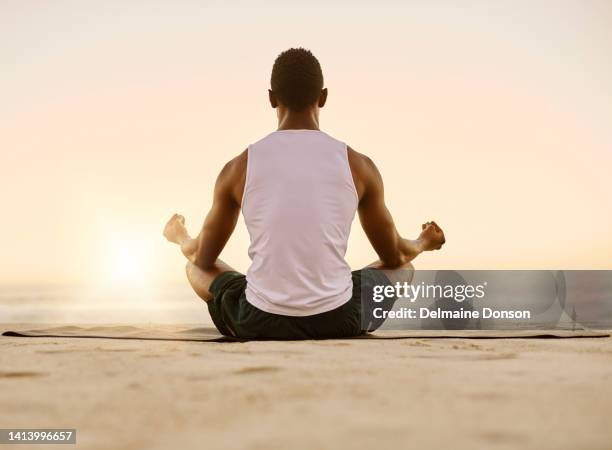How to Meditate? Tips for Creating Your Perfect Meditation Area
How to Meditate? Tips for Creating Your Perfect Meditation Area
Blog Article
How to Meditate: A Detailed Strategy to Achieving Mindfulness and Calm
Reflection serves as a powerful tool for attaining mindfulness and psychological calm in a fast-paced globe. By recognizing the basic principles and techniques entailed in meditation, individuals can cultivate a practice that enhances their total health.
Recognizing Meditation
Comprehending meditation involves understanding its basic principles and methods, which act as the structure for the practice. At its core, meditation is a mental exercise focused on advertising leisure, developing interior energy, and establishing empathy and insight. The method encourages people to concentrate their focus, frequently through techniques such as deep breathing, visualization, or concept repeating.
Meditation can be classified into numerous designs, including mindfulness, transcendental, and loving-kindness meditation, each with distinct functions and techniques. Mindfulness reflection emphasizes present-moment recognition and non-judgmental monitoring of feelings and ideas, while transcendental reflection entails the usage of specific mantras to go beyond average mind. Loving-kindness meditation focuses on creating a perspective of love and empathy in the direction of oneself and others.
Despite the strategy utilized, the primary goal continues to be regular: to cultivate a deeper understanding of the mind and its patterns. This self-awareness fosters emotional strength, quality of thought, and an extensive sense of calmness (How to meditate?). By recognizing these principles and methods, individuals prepared for a successful reflection method that can substantially enhance their overall wellness
Planning For Your Practice
Before beginning your meditation technique, it is necessary to create a setting helpful to concentrate and leisure. Select a silent area where you are unlikely to be disrupted. This could be an edge of a room, a garden, or any area that stimulates a sense of peace. Ensure that the location is clean and complimentary of clutter, as a tidy atmosphere can help get rid of the mind.
Consider the lighting, as natural light can boost your mood and power. Soft, cozy illumination is frequently extra relaxing than harsh fluorescent lights. Additionally, select a comfortable temperature level, guaranteeing that you are neither too hot nor also cool.
Including aspects that advertise peace can further improve your experience. This might include soft paddings or blankets for comfort, in addition to calming aromas from important oils or incense. It can also be beneficial to have actually a timer set for your meditation session to stop distractions from clock-watching.
Basic Meditation Methods

Another effective strategy is body scan meditation. This includes psychologically scanning your body from head to toe, observing any type of locations of stress or pain and knowingly unwinding those muscles. This method promotes a much deeper connection in between your body and mind.

Finally, loving-kindness meditation concentrates on cultivating empathy towards yourself and others. Calmly repeat expressions of a good reputation, enhancing emotional wellness and interconnectedness. Each of these strategies works as a foundation for your reflection journey, permitting you to find the method that resonates ideal with your individual method.
Keeping Emphasis and Mindfulness

Establishing a dedicated meditation space can boost the capacity to preserve mindfulness. A quiet, minimalist atmosphere minimizes interruptions, allowing for deeper immersion in the method. In addition, setting a time limit can help handle assumptions; starting with much shorter sessions might relieve the shift into longer methods.
Using strategies such as body scanning or observing sensations can additionally bolster mindfulness. These methods encourage practitioners to remain present and engaged with their physicality, anchoring their attention in the minute. Routine method is necessary; the mind develops strength gradually, developing a stronger capability for emphasis.
Incorporating Reflection Into Life
Incorporating reflection right into every day life can change routine activities into possibilities for mindfulness and self-reflection. By integrating mindfulness techniques into usual jobs, people can cultivate a greater sense of visibility and peace among the numerous hours of everyday life.
Begin by identifying minutes throughout your day where you can pause and practice mindfulness. For instance, throughout your morning commute, concentrate on your breath or the feelings of the atmosphere around you. In the cooking area, approach food preparation as a reflective technique, savoring the appearances, shades, and aromas of the ingredients. Even mundane activities like walking or cleaning dishes can become Homepage possibilities for meditation by routing your interest to the experiences of movement and the audios bordering you.
Furthermore, establishing apart committed times for reflection can strengthen its method. Begin with short sessions, progressively raising duration as you become more comfortable. Usage pointers or hints-- like a particular time of day or a calming sound-- to establish consistency.
Eventually, the goal is to weave mindfulness into the fabric of day-to-day live, enabling you to approach each minute with purpose, consequently boosting your overall sense of well-being and clarity.
Conclusion
In conclusion, efficient reflection needs a peaceful environment, a comfortable placement, and a focus on the breath. Regular meditation, also in quick sessions, cultivates a deeper connection to the existing minute, ultimately leading to better tranquility and mental clarity in daily life.
Meditation can be categorized into different designs, consisting of mindfulness, transcendental, and loving-kindness meditation, each with unique functions and approaches. Mindfulness reflection highlights present-moment awareness and non-judgmental monitoring of sensations and ideas, while transcendental reflection includes the usage of details rules to transcend common thought procedures.With your meditation space prepared, it's time to explore various standard reflection techniques that can assist cultivate mindfulness and internal tranquility.Regularly maintaining emphasis and mindfulness during reflection can be challenging, particularly for those brand-new to the method.Establishing a specialized meditation area can enhance the capacity to preserve mindfulness.
Report this page